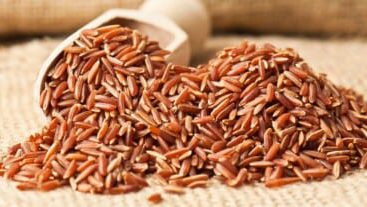As a (not so) little girl, I struggled with a lot of things, one of which was finding snow pants to house my rather large mid-section. It didn’t go unnoticed by my 8-year-old compatriots who often asked whether I could see my toes over my stomach and why my […]
Delicious!
Delicious!



